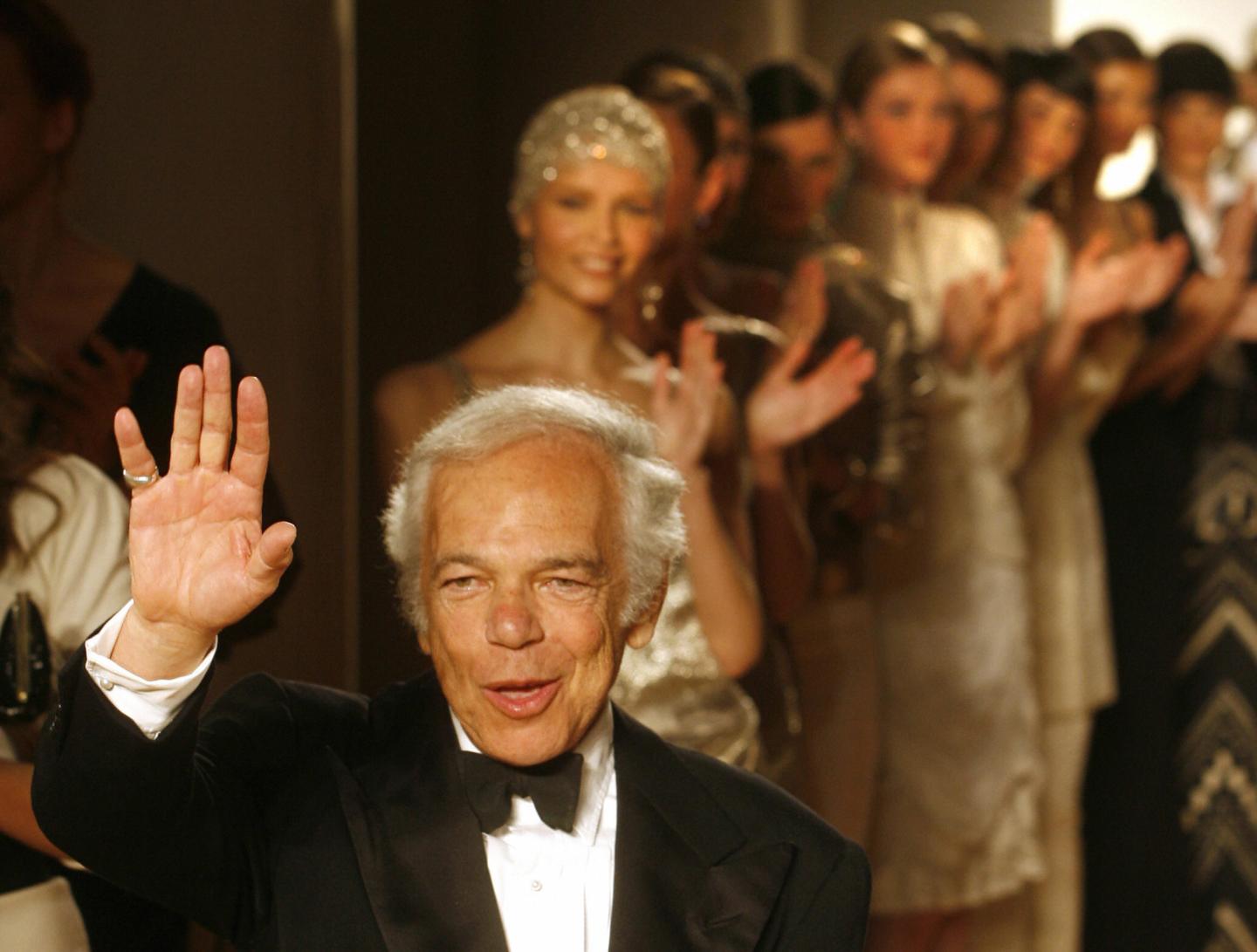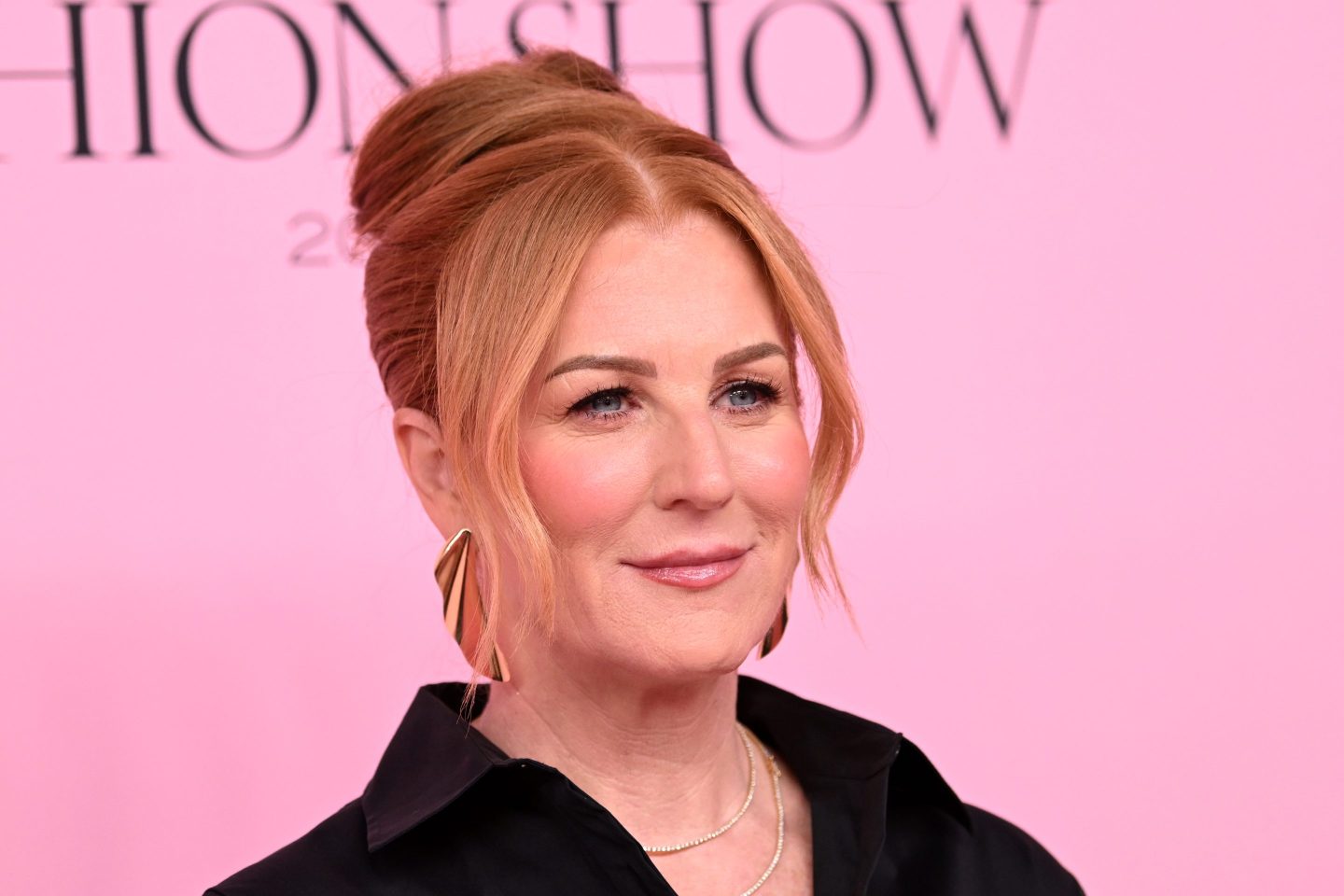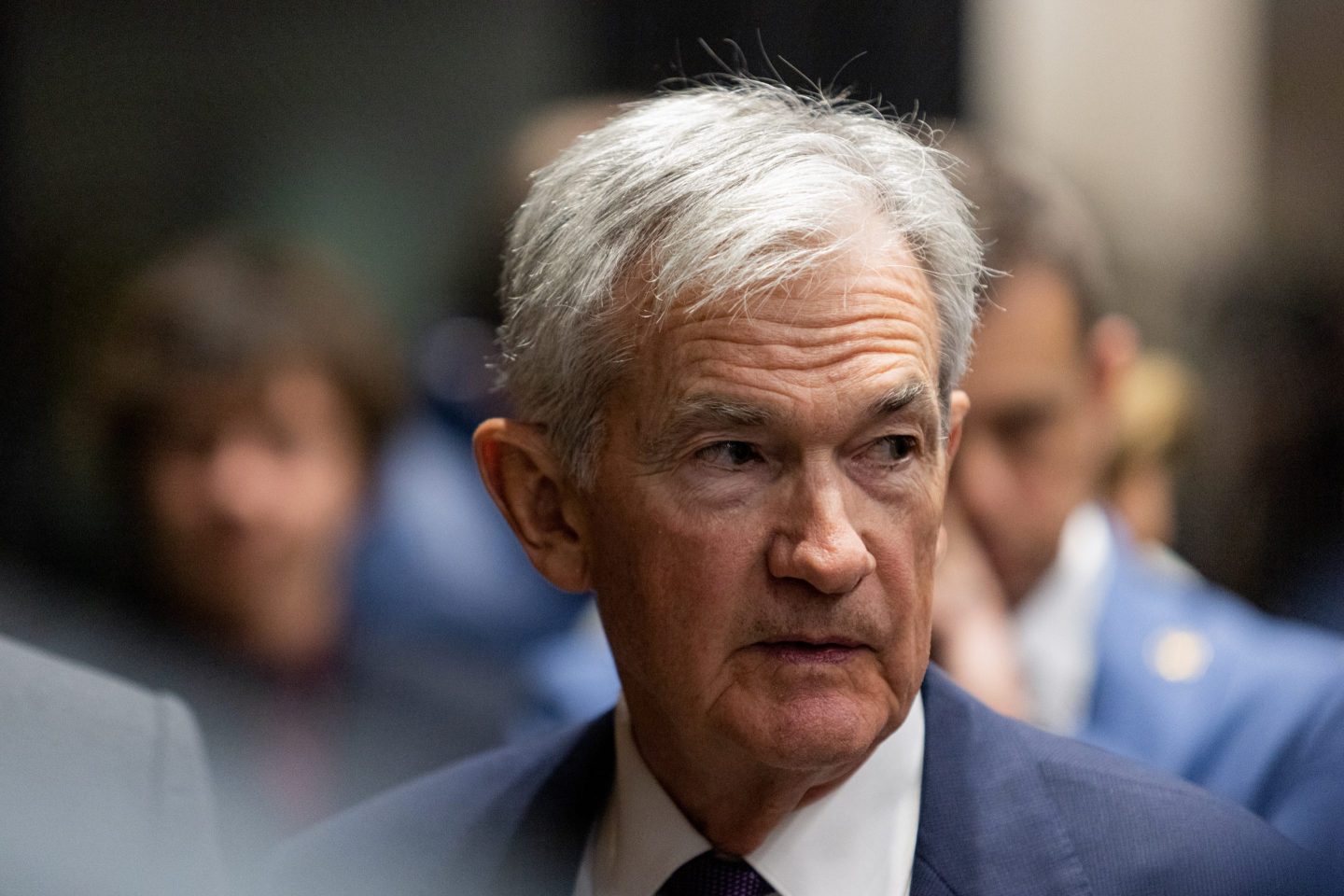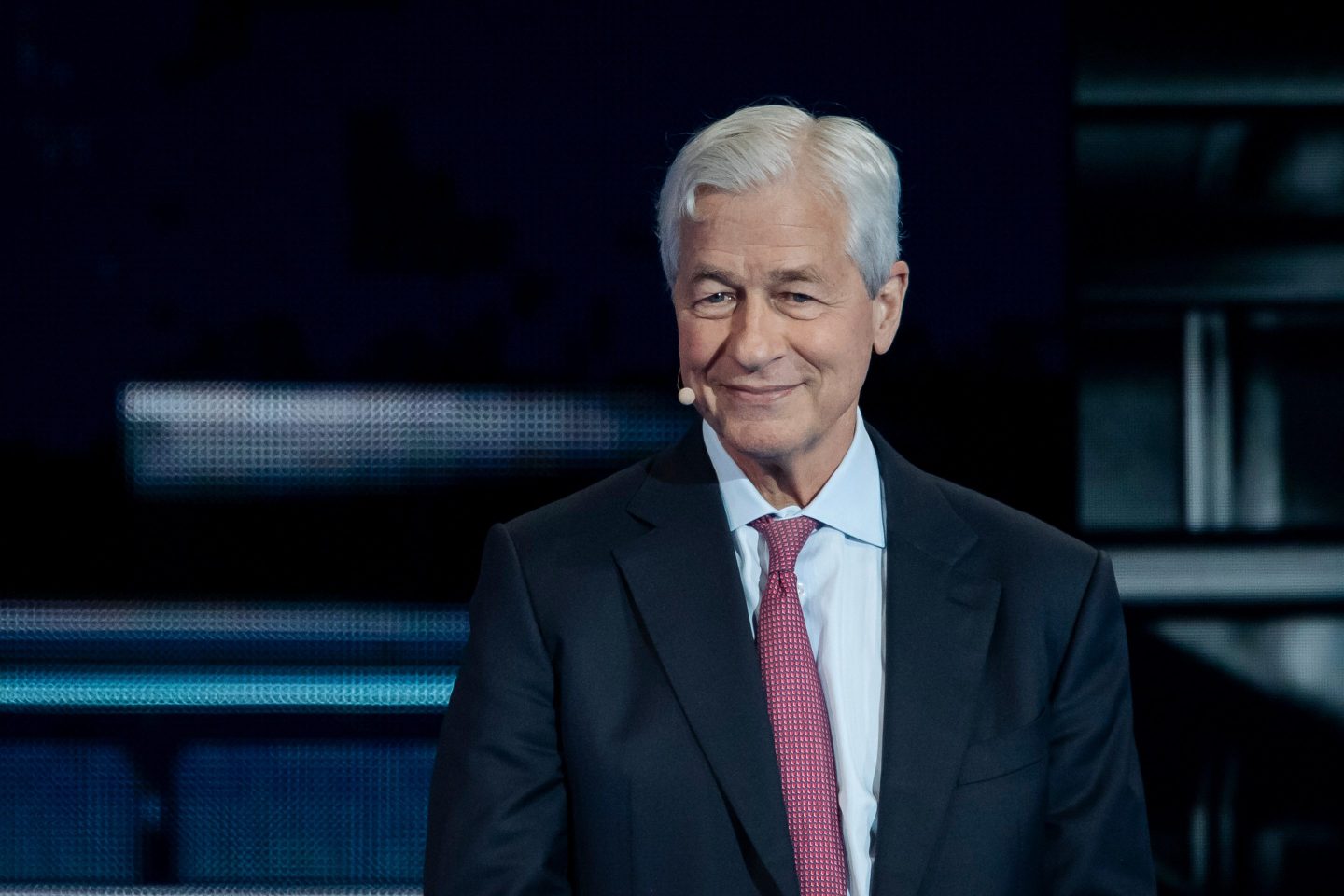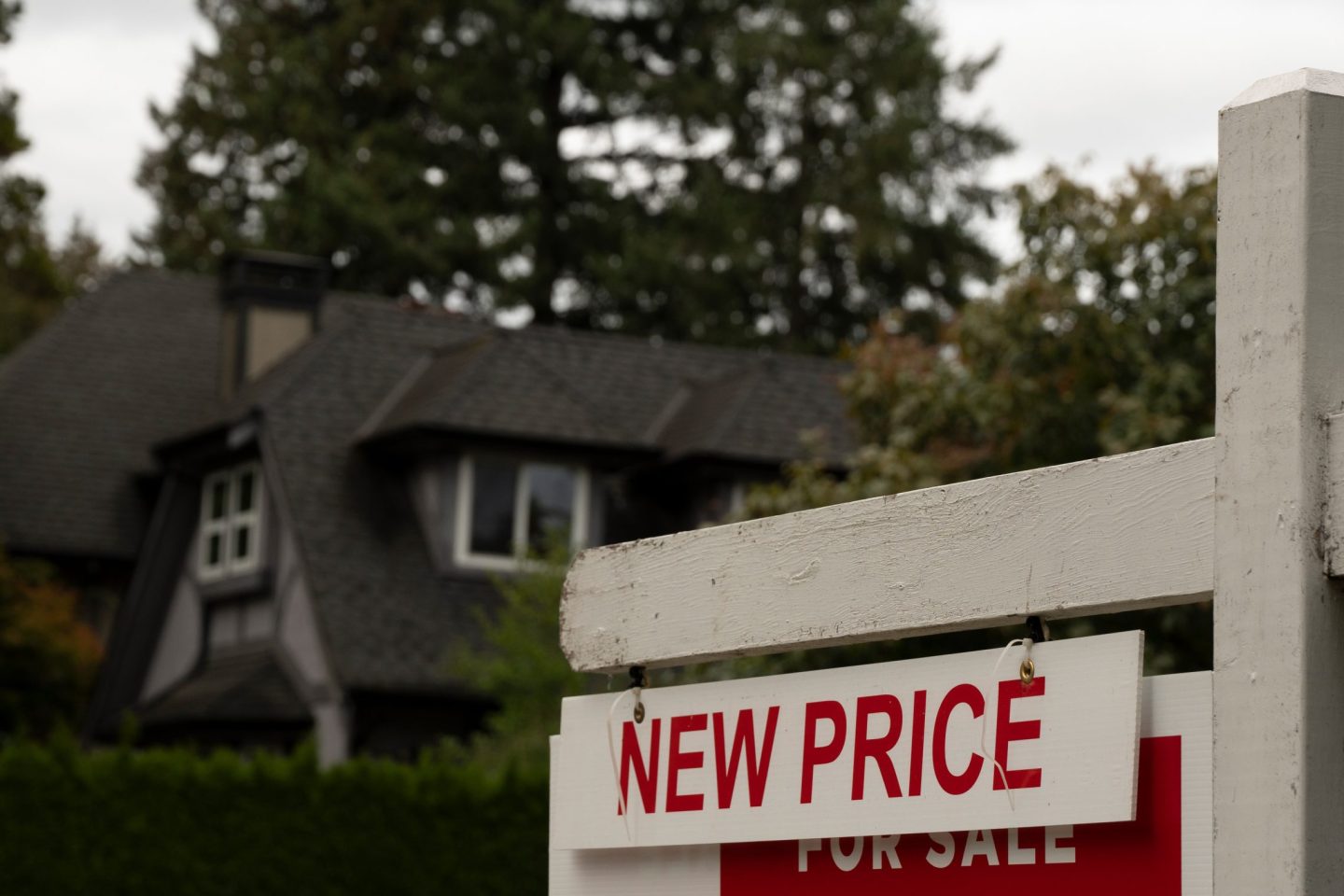In 2007, the designer Ralph Lauren’s strategy to extend the luxury clothing brand’s decades-long growth streak was delving deeper into the discount world. His plan, he told Fortune at the time, included creating a label just for the low-price department store J.C. Penney. That prompted Fortune to pose the question: “Can he really sell all things to all people?”
Eighteen years later, dear reader, Fortune can emphatically say that no, no he can’t.
As I reported in a new deep dive into the company, the decade following that article saw a plunge in sales and profits—after nearly uninterrupted growth since the company’s founding in 1967. Years of discounting in declining department stores damaged Ralph Lauren’s luxury bona fides, slowly but surely.
In 2017 when Patrice Louvet was appointed CEO, he faced the daunting task of repairing the luxury halo of America’s biggest fashion brand. So Louvet set about extracting the brand from 1,000 department stores—two-thirds of those where it was present. He shut down some of its cheaper labels to focus on its higher-end brands, including Purple Label and Double RL. And he invested in sharper marketing that tapped into young shoppers’ nostalgia for the cooler looks and better-made clothes of yesteryear.
“Ralph founded this company, and what we needed to do was go back to this mindset,” Louvet told me in one of three interviews for this piece. It seems to be working: The average price for a Ralph Lauren item has doubled in ten years, and far fewer items end up in the discount bin. What’s more, people are lined up around the block to have a cup of java at the 30 Ralph’s Coffee locations.
Fortune’s articles over the years on Ralph Lauren offer some valuable business lessons. The main takeaway is not that a brand shouldn’t try new things, but rather, that it should be self-aware and disciplined enough to know when to course correct (dropping the Penney line) and when to persevere with an idea (its now-thriving jeans business took years to catch on).
“I try to give people a clean, aspirational quality, with no bullshit,” Lauren told Fortune in 1996. And nearly 30 years later, that is still his guiding philosophy for how to run his namesake company—one whose shares are now near all-time highs, and whose fashion cred is as solid as ever.
